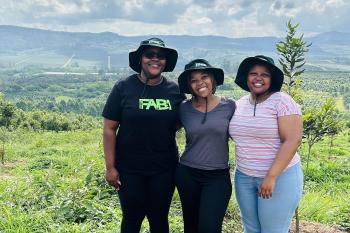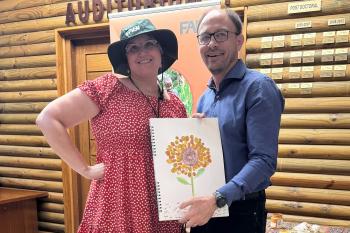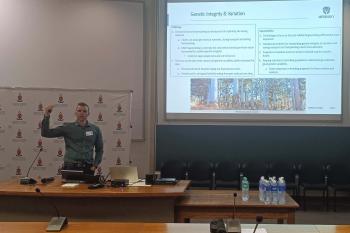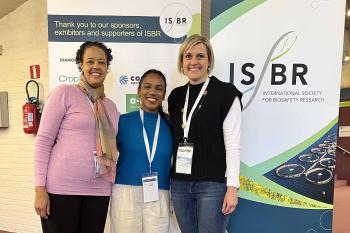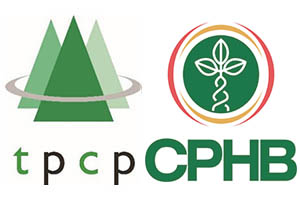Pest/Pathogen of the Month: March
Scientific name: Pseudomonas syringae
Common names:
I assure you, there is nothing fake about Pseudomonas syringae, so named after its host of origin, Syringa vulgaris commonly known as lilac, or its devastating effect on agricultural systems. P. syringae is listed as #1 in the top 10 most economically significant plant pathogenic bacteria1. This bacterium is known as a species complex that comprises nine genomospecies (DNA-DNA hybridization delimitation), 13 phylogenetic groups (sequence-based similarity of four housekeeping loci), and 19 phylogenomic groups (whole-genome based phylogeny). There are currently over 60 pathovars (strains characterized based on host of origin or similarity of symptoms caused). P. syringae is widely used as model pathogen to study bacterial pathogenesis, molecular mechanisms of plant-microbe interactions, microbial ecology, as well as evolution and epidemiology.
This bacterial pathogen undergoes two interconnected growth phases, i.e. the epiphytic phase - whereby pseudomonad strains are found on the phyllosphere as naturally occurring residents – and the endophytic phase – when these strains enter the leaf via the stomata to colonize the apoplast; whose proliferation thereof, causes the characteristic water-soak symptom appearance. P. syringae strains cause symptoms such as flower blast, necrotic leaf spots, spots and blisters on fruit, shoot tip dieback, and stem cankers on plant hosts. For example, P. syringae pv. actinidiae (Psa) almost single-handedly wiped out the kiwifruit industry! This particular pathovar is responsible for kiwifruit bacterial canker, i.e. an epidemic that still poses a serious threat on kiwifruit production areas in New Zealand.
1. Mansfield, J., Genin, S., Magori, S., Citovsky, V., Sriariyanum, M., Ronald, P. et al., (2012). Top 10 plant pathogenic bacteria in molecular plant pathology. Molecular plant pathology, 13(6), 614-629
Figure 1 legend:
Characteristic symptoms of bacterial canker on stone fruit trees. A, Blighting of dormant buds resulting in the formation of small cankers at the base of the bud; B, dark brown to black sunken lesions develop on the fruit with irregularly shaped margins; C, branch and stem cankers accompanied by gummosis; D, watersoaked leaf spots that later become necrotic and fall out, resulting in a characteristic shot-hole appearance. Adapted from Bophela et al. 2020. Identification of Pseudomonas isolates associated with bacterial canker of stone fruit trees in the Western Cape, South Africa. Plant Disease 104(3): 882-892.


